For dedicated fishermen in Canada, the frigid winters and frozen lakes are not problems to be tolerated, but rather a new joy to be enjoyed.
All across the country, frozen lakes and rivers are dotted with people fishing.
Certainly well-known in other winter countries, it is truly a long-established part of Canadian winter culture.
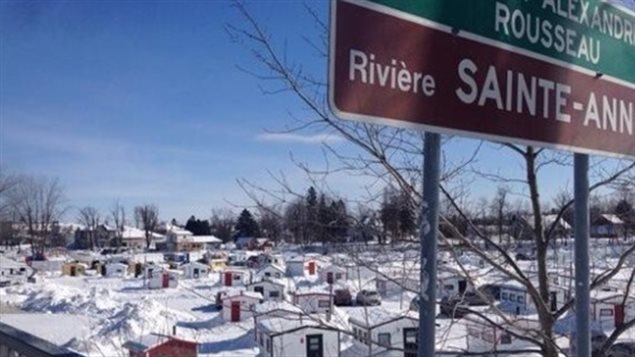
Photographer Richard Johnson began his interest in these unique structures some six years ago. Since then he has visited several provinces each winter to capture these huts on film. He now has some 650 photos from several provinces as part of his “Ice Hut Project”
Fishing through frozen Canadian lakes and rivers dates back thousands of years with Inuit and aboriginal need for fishing through winter ice for sustenance, then continuing with the fur trappers, and settlers.
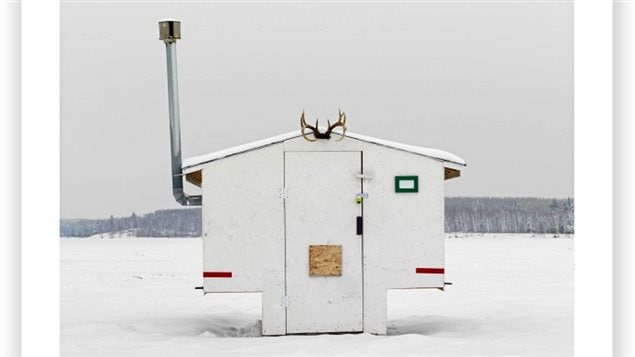
It eventually evolved into a sport more than a need, also a chance for modern men- it is mostly a male experience- to continue the bonding experience of the “hunt” as they sit two, or three, possibly four in the hut, chatting over beers as they fish for hours through the ice, in a warm cozy albeit small, hut.
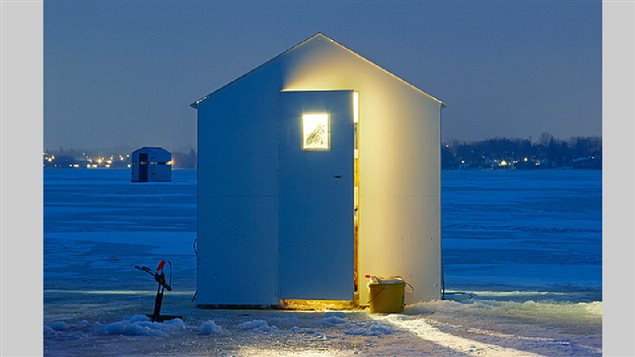
These fishermen range from the die hards who sit on little stools out in the open in front of the holes they’ve cut through the ice, to those with very simple portable wind shelters, all the way to sometimes elaborate wooden “huts” or “shacks” heated by little stoves.
They are towed out onto the ice when the ice is thick enough and left in place until spring when they are pulled off the warming ice and placed back in storage until next winter.
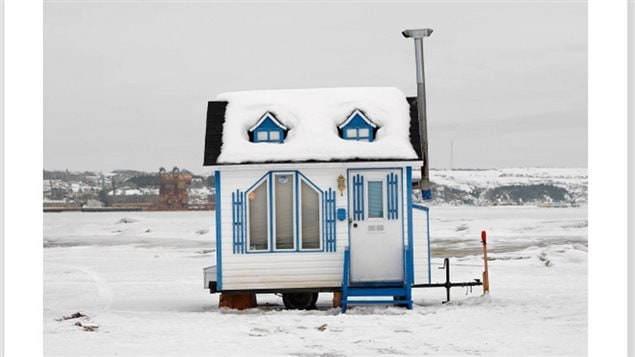
As they usually sit several centimetres above the ice on runners in order to be towed into place, snow is often packed around the base to keep the chill winds from blowing inside through the large central opening in the floor through which the lines are dropped through the holes through the ice.

The construction styles, paint, and levels of interior comfort are as varied as the people themselves as shown in Johnson’s photos, dozens of which are available on his website.
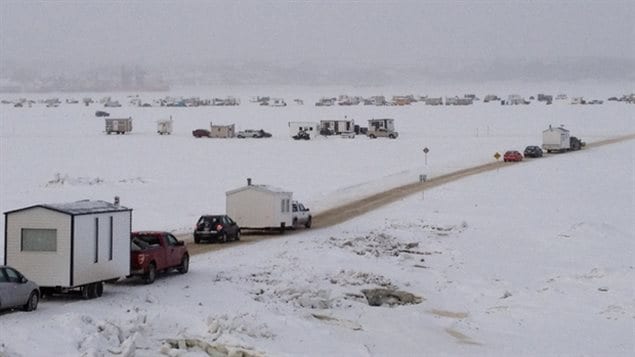







For reasons beyond our control, and for an undetermined period of time, our comment section is now closed. However, our social networks remain open to your contributions.